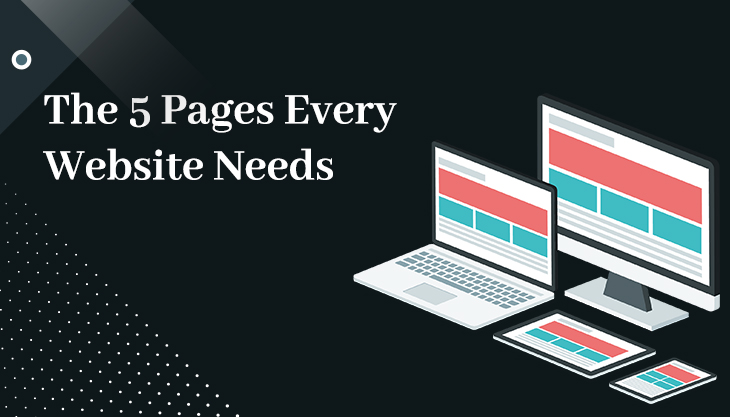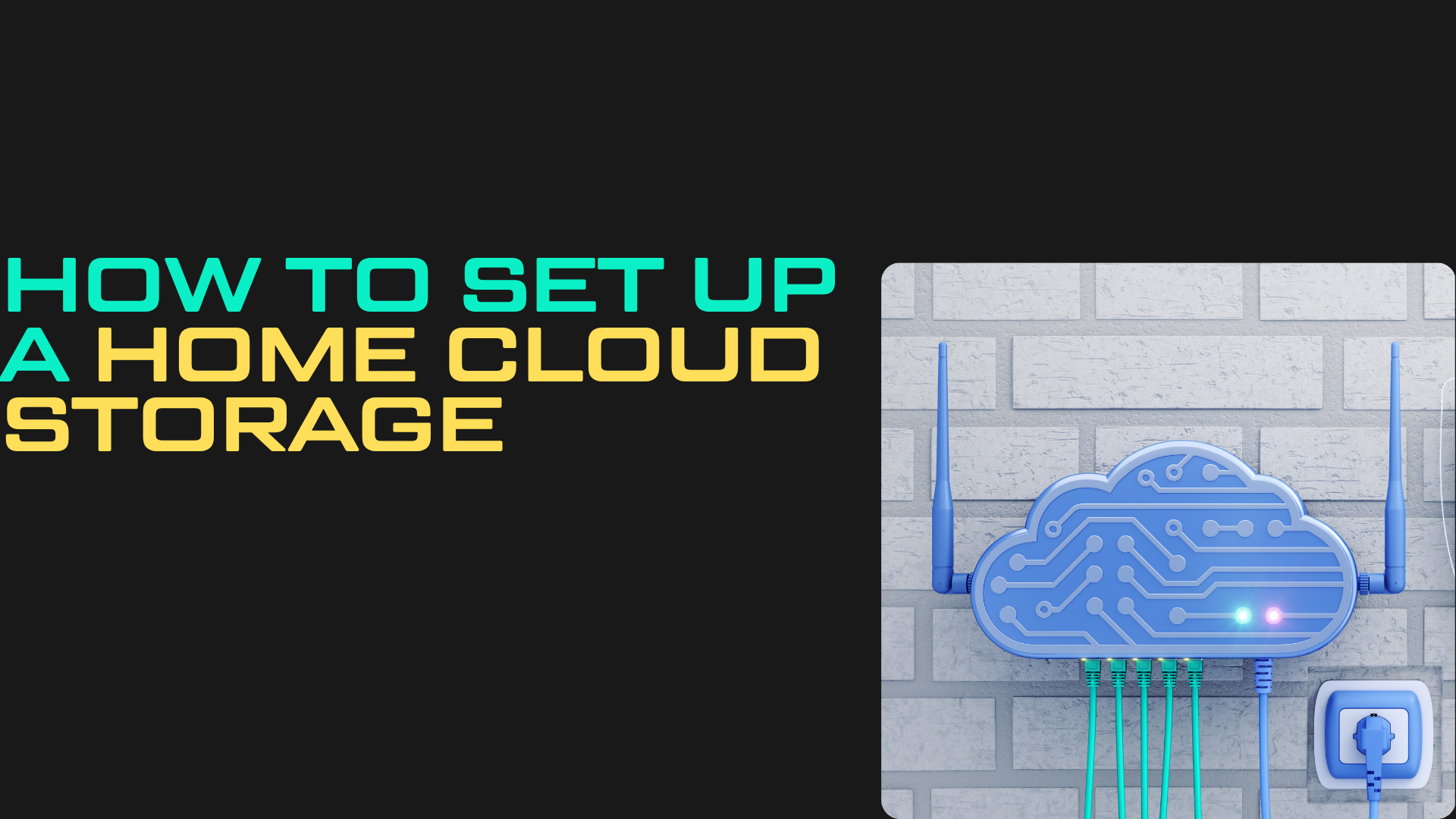There are numerous aspects to consider while considering the creation of a website. "What pages should I have on my website?" is a topic that small business owners frequently ask. It's critical to consider your site visitors and what they expect to find when deciding on content for your website.
It will be critical to have a clear understanding of why your clients are on your site and what their end goal is.
We'll look at The 5 Pages Every Website Needs and explain why you need them in this article.
1. Homepage
Your homepage will almost certainly be the first page that your visitors see. It should be intriguing enough to pique their interest and persuade them to explore the remainder of your website. One technique to attract people in is to have an eye-catching 'hero' image or slider at the top of the homepage.
A quick introduction, an explanation of your services, a call to action, and a way to contact you should be included beside this. It's also customary to include your mission statement as well as any client testimonials.
It's great to have a nice-looking homepage. It's also worth noting that having a lot of information, particularly graphics, can cause your website to load slowly. If your website doesn't load or doesn't give the information they're looking for, most users won't stay more than 15 seconds.
2. About Page
A broader description of who you are or about the company is usually included on the about page. This is where you might, for example, discuss your company's ethos and history.
Explaining what sets you apart from the competition is a good way to persuade people to stay on your site or make a purchase. This is especially true if they can relate to your brand's values and culture.
It's a good idea to highlight any awards or accolades the organisation has received, as well as bios for staff or employees. Customers will get a more personalised experience as a result of this.
Consider customising your About page to meet the demands of your target audience. You could wish to write it in several languages or use a timeline graph to make it easier to read.
3. Services / Products Page
You should create a page to highlight your products and/or services. You should start by summarising each offer.
If you have several services or goods, you may want to categorise and filter them into sub-service/product pages.
In either situation, it's critical to offer a clear description of what your clients may expect when using a service or product you sell, as well as an explanation of what sets you apart from the competitors.
Finally, you should include a call to action, such as a button, that your customers may use to contact you or finish an order.
The product page for Bobbi Brown Cosmetics is sleek and sophisticated. The merchandise items are visible without the need to squint. The product's star rating and price are also visible to customers.
Write the same detailed descriptions if you're selling services. Provide context for your customers as to how you deliver your services. A hairdresser, for example, can highlight the in-store experience of a relaxing atmosphere and prompt service.
4. Blog Page
A blog is an excellent way to interact with current and potential clients. It allows you to respond to frequently asked questions, share information about new products, industry trends, and company news, or offer your experience.
A blog is an excellent tool to market your company and can help you improve your SEO rankings and conversions. Failure to maintain it up to date, on the other hand, may have negative consequences for your brand and search engine rankings.
Successful blogs are not destinations, but rather continuing journeys. Your blog ought to grab people's attention and take them on a journey through your brand. You may, for example, show them behind-the-scenes footage of product development or record a testimonial video with a satisfied customer.
Stay away from selling things in every post on your blog. Customers will become irritated and go to your competitor's website. Instead, provide solutions to your visitors and encourage them to live better lives.
5. Contact Page
Communication aids in the development of strong customer relationships. You can learn about their wants and needs in terms of your merchandise. It also allows you to receive critical feedback.
Consider your contact page to be a customer service tool. Whatever the reason for the visitor's presence, the first focus is to provide excellent service. You also want customers to receive reliable information.
You may provide the brand's physical address, email address, or phone number, depending on your sort of business. Please indicate the availability of the support agents on the page if you have a live chat option.
Your contact page should be simple to find. Customers shouldn't have to navigate through five different pages to get in touch with your company.
Setting consumer expectations on the contact page is ideal. Make a guarantee to your visitors about how long it will take you to respond.
Does All This Seem to Be Too Difficult?
Why not hire a Website Development Company who will do that for you. Provide important information about your company to your visitors. Your website is a powerful instrument for increasing brand awareness and sales. Add all of the necessary pages to your website.

















Post Comments